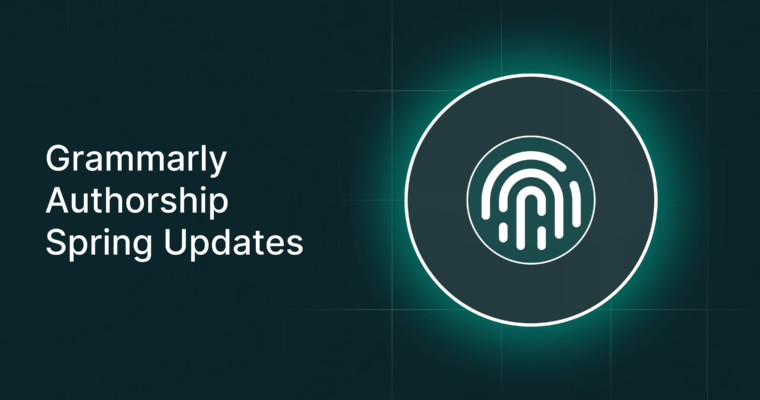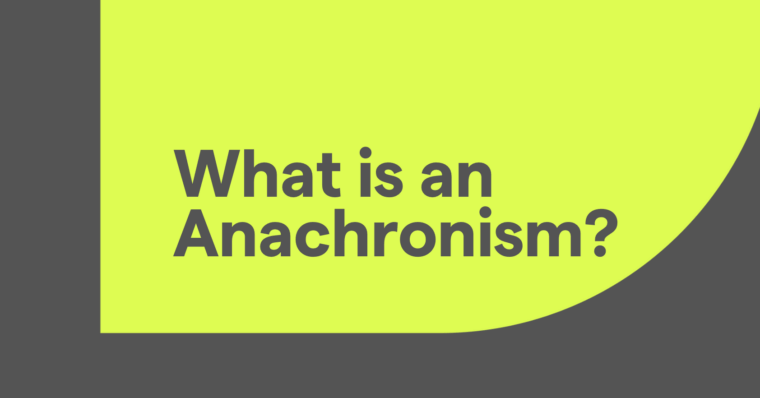
During your academic career, you may be assigned to write a discursive essay. Structurally and tonewise, a discursive essay has a lot in common with other types of essays—but there’s one key difference. A discursive essay’s defining characteristic is that it presents both sides of a topic rather than supporting only one position.
What is a discursive essay?
A discursive essay is an essay that presents and explores two or more positions related to a given topic. For example, a discursive essay may discuss reasons to support adding solar panels to a public building and reasons to oppose doing so.
You might recognize that the word discursive, pronounced dis-kur-siv, is similar to the word discourse. This is because discursive is the adjective form of discourse, which is a noun that means “authoritative speech or writing about a subject.” In a discursive essay, the writer explores discourse surrounding their chosen topic, presenting both (and, in some cases, more than two) positions in good faith.
A discursive essay can be about anything. For example, you could write an essay that explores opposing opinions or a cause-and-effect essay that walks the reader through the repercussions of different actions, explaining how various choices could affect their outcomes.
When should you write a discursive essay?
You may be assigned to write a discursive essay. In this case, follow the assignment’s instructions, which may also specify discursive essay topics to choose from.
There are also scenarios where you may write a discursive essay without being assigned to do so. This could be an open-ended essay assignment—if you’re asked to write an analytical or political essay, structuring it as a discursive essay can be an effective way to thoroughly and accurately discuss your chosen topic.
A discursive essay can also be an engaging blog post or long-form post for a social media or publishing platform like LinkedIn or Substack. This type of essay is popular for writers seeking engagement with their work because its structure naturally invites commentary and further discussion. After all, that’s what discourse is all about.
Types of discursive essays
Just like there are many different discursive essay topics you can choose to write about, there are a variety of categories a discursive essay can fit into.
Opinion
Unlike other types of opinion essays, like personal and persuasive essays, an opinion discursive essay doesn’t overtly push its author’s opinion. Instead, it presents their opinion, carefully exploring how one might reach this opinion and providing evidence to support this position. Following this discussion, the essay then presents an alternate opinion, exploring and supporting it with the same level of detail given for the initial opinion. This latter part is crucial; the balanced presentation of differing viewpoints is what makes it a discursive essay.
Keep in mind that with a discursive opinion essay, you still state your personal opinion. But it must be a well-reasoned opinion, and the text should illustrate why you hold this position through evidence.
Compare/contrast
Compare/contrast essays are perhaps the most common type of discursive essay because the format naturally lends itself to this kind of exploration. In a compare/contrast essay, the author presents two or more texts or other pieces of media and discusses their similarities and differences.
Problem/solution
In a problem/solution essay, the author presents a problem to be solved and then two or more solutions to the problem. When presenting the solutions, the essay describes their benefits and drawbacks. In this type of discursive essay, the author may conclude by stating which solution they think is most ideal, but this conclusion must be supported by credible evidence. The essay must also acknowledge that the author’s chosen solution is not the only viable one and present alternate solutions fairly.
Cause/effect
In a discursive cause-and-effect essay, a specific issue or phenomenon is discussed. The focus is on what caused the issue and the results that can be directly traced to this cause. In some cases, this type of essay makes predictions for future possibilities based on the chain of events that have occurred so far.
Exploratory
This type of discursive essay investigates a topic at length. In doing so, the author explores a variety of perspectives on the topic, explaining each one and its strengths and weaknesses. Unlike discursive essays that include the author’s opinion, an exploratory essay asks the reader to form their own conclusions. It may not do this explicitly; many discursive exploratory essays simply present a range of perspectives with an open-ended conclusion.
Tips for writing a discursive essay
When you start writing a discursive essay, keep the following tips in mind:
Be clear and concise
When you’re writing a discursive essay, your primary goal is for readers to understand its key points. Use clear, concise language to reduce the chance of confusion or misinterpretation. This means avoiding jargon whenever possible (and when industry-specific terms can’t be avoided, defining them for the reader), presenting information in a logical, linear structure, and sticking to an appropriate reading level for your audience.
Present multiple perspectives
Multiple perspectives are the hallmark of a discursive essay. By presenting multiple perspectives, you can illustrate all perspectives’ weaknesses, strengths, and unique contributions to the topic you’re discussing in your essay. Remember that although you may have a preferred perspective, and you might state it in your essay, the goal is not to elevate one perspective over another—the goal is to give the reader enough information to reach an informed position for themselves.
Support arguments with evidence
A strong discursive essay is one that supports every statement it makes. This is true of opinion statements as well as those that directly reference facts—when you include opinions, be sure to include evidence that supports the thought processes that led to the opinions.
Maintain a professional and objective tone
In a discursive essay, you’re not supporting one position over another. You’re presenting multiple positions and providing relevant evidence to support each, giving the reader the information they need to determine which position they support.
Do this by maintaining a professional, objective tone. This means avoiding emotionally charged language and subjective descriptors like “better” and “less important.”
Discursive essay vs. argumentative essay
Discursive essays have a few things in common with argumentative essays. The main similarity is that in both types of essays, the author explores a topic and, through logical discussion of supporting evidence, reaches a conclusion.
Here’s the difference: While a discursive essay presents two or more positions and spends time exploring each, an argumentative essay explores only one position. In an argumentative essay, the author examines evidence that supports their argument, aiming to demonstrate its validity as the correct position through logic and clear facts.
Discursive essay example
Title: Is a Shiba Inu or a Corgi the Right Dog for My Family?
Intro
Start the essay by introducing the topic with an effective hook. A hook can be a question, a statistic, a fact, or simply an attention-grabbing statement that engages the reader and makes them want to continue reading.
Body
In the body paragraphs, discuss each position through a series of evidence-backed points. Each paragraph should focus on one point. For example, this essay devotes one paragraph to each breed’s positive traits and one paragraph to each breed’s negative traits.
Argument: Shiba Inu: quiet, clean, catlike
Argument: Corgi: friendly, playful, affectionate
Argument: Shiba Inu: independent, difficult to train
Argument: Corgi: heavy shedder, very vocal
Conclusion
The conclusion should summarize the essay, restating the argument and its main points. Depending on the essay’s content and goals, it may include the author’s personal conclusion, such as the dog breed they chose for their family. In any discursive essay, the conclusion should encourage the reader to think about the topic or take action.
Discursive essay FAQs
What is a discursive essay?
A discursive essay is an essay that presents two or more positions, with the aim of educating the reader about these distinct positions.
When would you write a discursive essay?
You may write a discursive essay when assigned to do so or when you’re tasked with writing an essay that explores a topic fairly. By exploring multiple positions, you can ensure your essay is not biased.
What are the different kinds of discursive essays?
- Opinion
- Compare/contrast
- Problem/solution
- Cause/effect
- Exploratory






